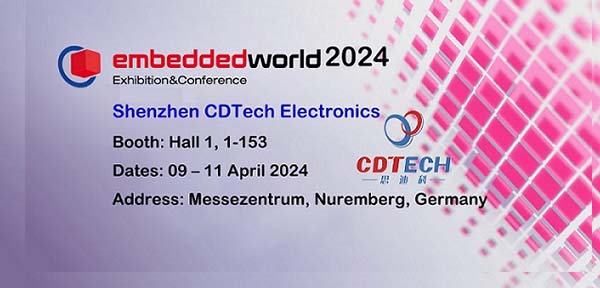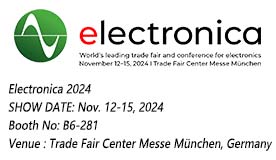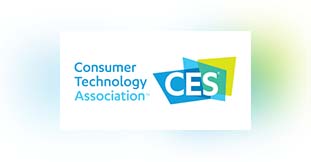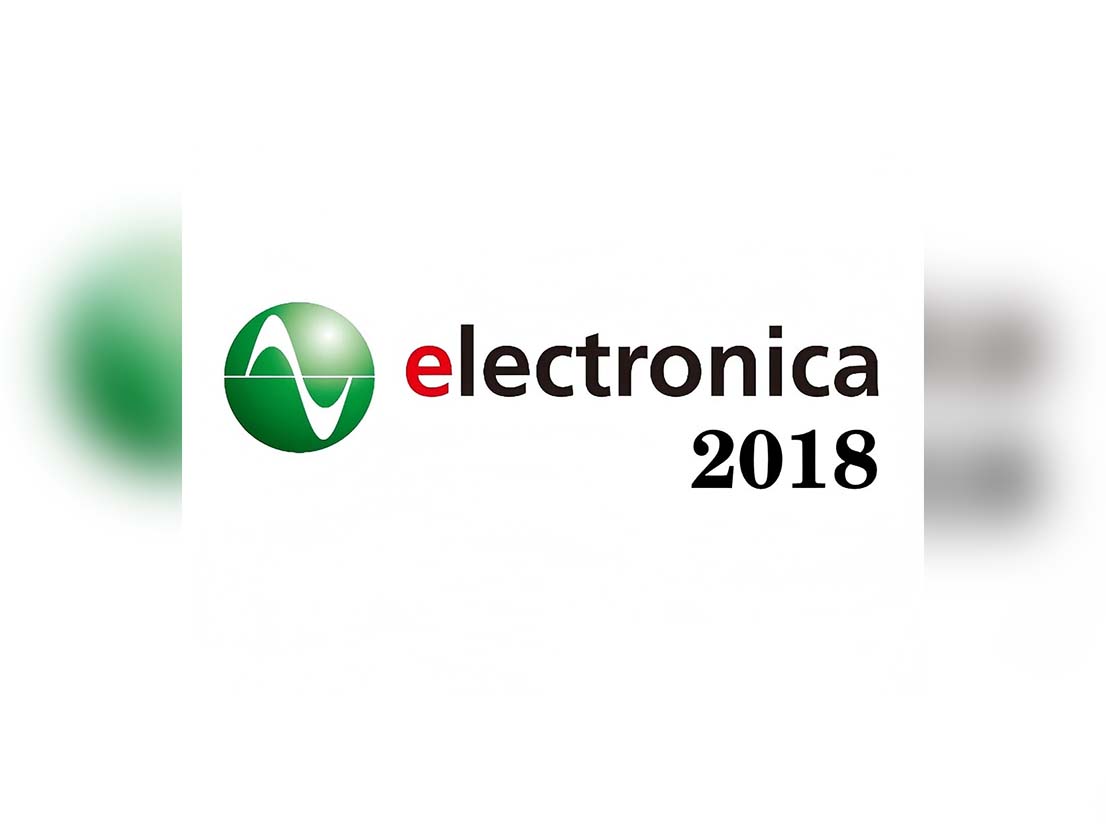Understanding IPS LCD Module vs TN LCD: Which is Superior?
Exploring the Basics of LCD Technology
Introduction to LCD Modules
Definition and Functionality
LCD modules are one of the essential components of today’s display technology that connects us all with electronic devices and gadgets. These devices can convert electrical signals into visual information, which corresponds to the required clarity and detail in videos with a variety of applications. LCD module is primarily used to control light transmission of liquid crystals.
Importance in Modern Displays
With several applications to serve, LCD modules have become an indispensable part of the integrated environment. From industrial control panels to consumer electronics, they are used in various devices as a reliable, and high-quality visual output. This versatility enables them to be used in many different applications. This adaptability means they can be used for a wide variety of applications.
Types of LCD Panels
Overview of IPS and TN Technologies
LCD panels are dominated by two technologies only IPS (In-Plane Switching) and TN (Twisted Nematic). IPS panels are better for color reproduction and wider viewing angles, TN panels are generally easier on the wallet and faster. IPS panels offer better colors and viewing angles, while TN panels provide faster response times and lower prices.
Comparing Display Quality in IPS and TN LCDs
Color Accuracy and Reproduction
Performance in Different Lighting Conditions
IPS panels are good options to deliver precise colors in multiple lighting settings. Color reproduction is accurate, with a contrast ratio of 1000:1 and luminance of 500 nits, all of which can be seen on a 5.0-inch IPS display at 800×480 pixels. This guarantees top-notch visual performance even in difficult lighting conditions. This guarantees high-quality visuals even in low-light situations.
For instance, a 7-inch TN panel with a resolution of 800×480 gives good visibility with 700 nits brightness but may not be able to reproduce colors as accurately as an IPS display. Instead, it’s more appropriate in applications where a fast response time, rather than color accuracy is of the essence. As a result, better used in applications where response time is paramount but color accuracy less so.
Impact on User Experience
IPS versus TN makes a difference in user experience. IPS (In-Plane Switching) displays provide uniform colors throughout their entire viewing angles and therefore better user experience in instances where a number of watchers use the screen concurrently. For TN you get color shifts at extreme viewing angles but it has faster transitions between screens.
Viewing Angles and Visual Consistency
Technical Differences in Panel Construction
Unique viewing experiences of IPS and TN panels result from their construction differences. IPS panels take advantage of liquid crystals being aligned in parallel, so they can provide an even distribution of light in wider angles without color distortion. By contrast, TN panels have their crystals aligned perpendicularly and thus are not without downsides – worse viewing angles and significantly faster pixels. On the other hand, TN panels are arranged with the crystals perpendicular to one another, maximizing where viewing angles are minimal but pixel transitions are quicker.
Real-World Applications
IPS displays are new for applications where high-quality images from other angles will ensure application presence industrial control systems or high-end outdoor digital signage which must be reliable under harsh conditions. On the other hand, TN screens are beneficial for fast-angled surroundings , this is for gaming or any temporary medical gadget wherein rapid statistics analysis is a must.
Analyzing Performance Characteristics
Response Time and Refresh Rates
Suitability for Gaming and High-Speed Applications
TN panels excel in response times compared to IPS—important for gaming or fast-moving applications where lag impacts effectiveness. They have high refresh rates allowing for smooth transitions without any motion blur which makes them Ideal for delivering fast-paced dynamic content. They also deliver dynamic content at lightning speed, with refresh rates so quick that everything moves smoothly with no motion blur.
Power Consumption Considerations
Efficiency in Various Use Cases
Power efficiency also plays an important role when it comes to distinguishing these technologies. Both types can operate in about the same temperature ranges (-20°C to +70°C), but TN displays are typically more energy efficient because of the more straightforward backlight arrangements. That provides a better option for use in battery-operated devices or installations where energy conservation is desired. They are preferable in devices depending on battery or installations where energy saving matters.
CDTech solutions are differentiated by these traits; some feature customized approaches that suit unique needs while others incorporate structural optimization for temperature resilience over temperature extremes. CDTech distills these differences into their products with bespoke offerings based on individual requirements as an example with backlighting techniques for best-maximized color gamut or structural design for physical requirements over extended high/low-temperature limits.
However, CDTech being the manufacturer of LCD, understands the class and type of LCD usage through a comprehensive explanation of the differences between IPS vs TN in a respective way, thus determining the application requirements can be utilized efficiently keeping in mind the services of both artists involved in finding out an accurate LCD module that can be adapted within the microcontroller circuitry based on the examination of high-level demands required to be operated in a specified commercial and industrial environment conditions. CDTech experts on IPS & TN in LCD modules By appreciating the differences between IPS & TN technologies contained in lipid modules, they can help guide the best decision based on the requirements of the application to be served, with different environmentally responsive CDTech products delivering superior display solutions of the form factor.
Evaluating Cost-Effectiveness and Market Trends
Price Differences Between IPS and TN Panels
Factors Influencing Manufacturing Costs
And so therefore the reason that there is also a difference between IPS and TN in terms of price is because of the manufacturing complexities. The complex architecture of IPS panels to provide a larger color gamut and greater viewing angles makes them costlier to produce. On the other hand, thanks to the perpendicular arrangement of their crystals and thus the much simpler production processes, TN panels require less investment to be produced. The cost-effectiveness of TN panels makes them suitable for applications where speed takes priority over color accuracy and budget is tight.
Consumer Preferences and Industry Shifts
Trends in Adoption Across Sectors
Market trend shows consumer preferences are changing to IPS technology considering the best possible visual experience here taken care of. IPS panels are gaining traction in various industries, including digital signage and industrial control systems, due to their capability to provide uniform image quality across wide viewing angles. Boosting factors for this trend include an increased demand for visually appealing displays and at the same time proof of usability.
On the other hand, industries such as gaming and portable medical devices that require high-speed response times, will still continue to gravitate towards TN panels. These applications benefit greatly from the native speed and economics of TN technology, keeping them relevant in segments of the market. Given the speed and cost efficiency of TN, these traditional benefits make it a natural fit for many applications and will ensure that TN remains relevant to some degree.
Highlighting CDTech’s Role in the Industry
Overview of CDTech’s Product Offerings
Range of LCD Modules Available
CDTech is a leading provider of lcd modules, providing an entire suite of LCD modules for a variety of applications. They offer IPS and TN modules in their portfolio to address specific application requirements. Their 5.0-inch IPS display at 800×480 is representative of the quality of visual performance they offer for industrial control panels because of wide viewing angles and good color reproduction.
In like manner, CDTech 7-inch TN modules offer rugged solutions for environments where fast data evaluation is essential, such as in portable medical devices. Expensive but reliable flexibility across different light conditions, those displays are perfectly suited for all applications for which speed outweighs cost. Saves cost while still giving great performance in different lighting environments, Ideal for applications that need speed.
Innovations and Future Directions
Commitment to Quality and Technological Advancement
They pull all the stops in customization, enabling clients to design LCD modules for specific needs.Power-efficient modules for devices dependent on battery. This degree of versatility places CDTech among the leaders of versatile display solutions that can be utilized effectively in the wide range of environmental conditions they may operate. In addition, the commitment by CDTech reinforces their forward-thinking method of looking at future trends in display technology. CDTech continues to be at the leading edge of overcoming new challenges with viable and developable products, and innovations targeted based on informed expectations of market needs, all the while continuing to master class levels of quality and performance. CDTech strategically designed its offerings to tackle upcoming challenges while ensuring the best quality and performance, anticipating market demands, and also introducing advanced features.

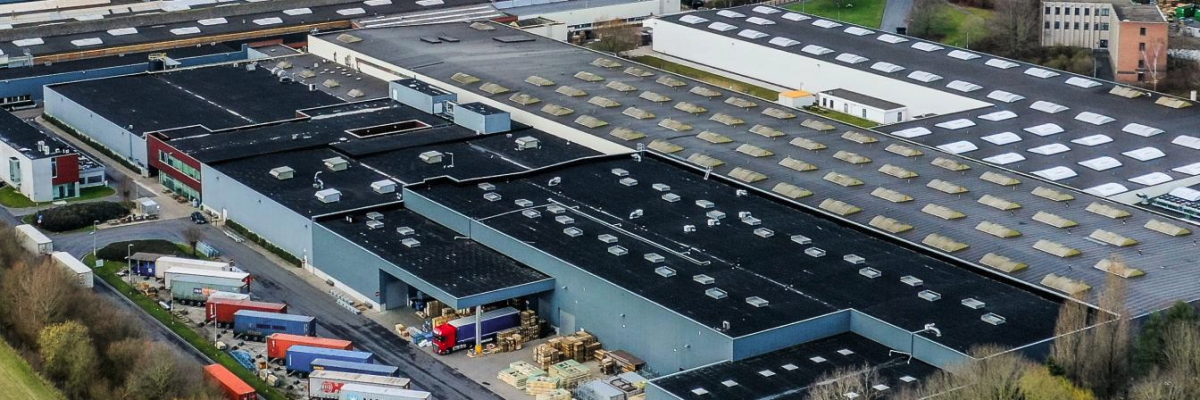
 2025-01-02
2025-01-02  11:50
11:50 

